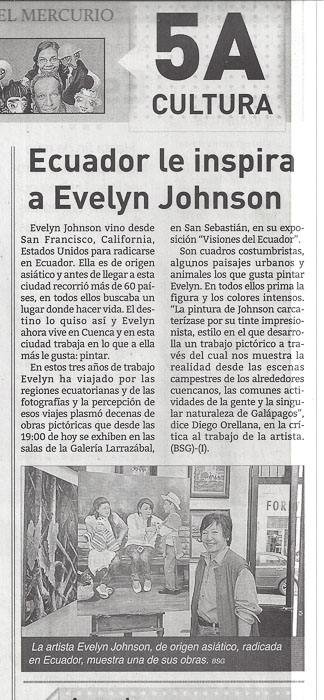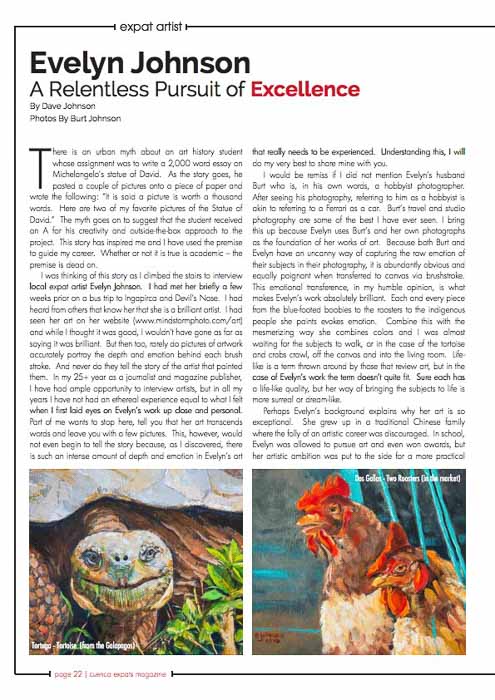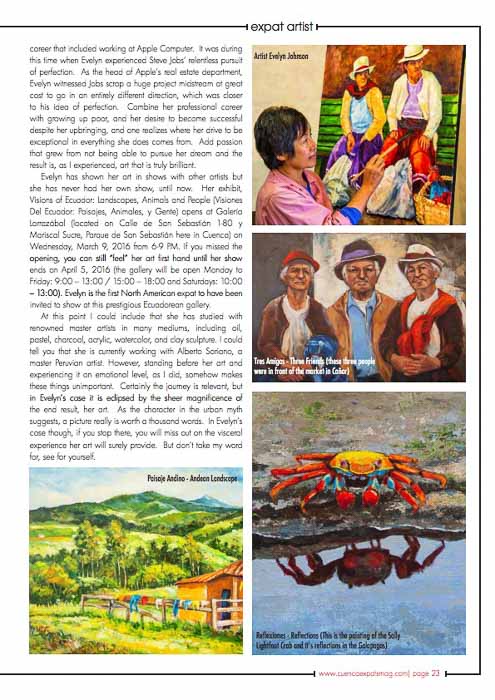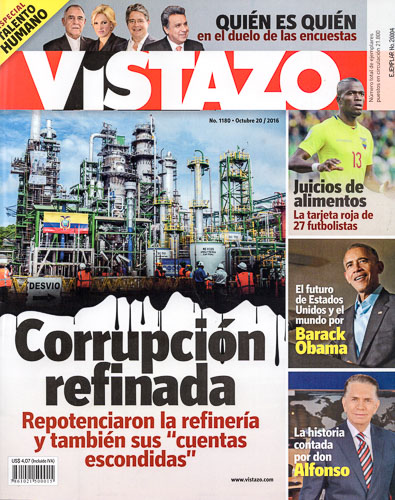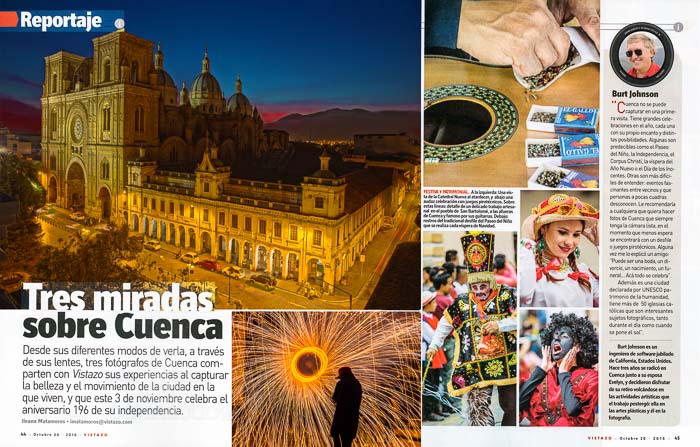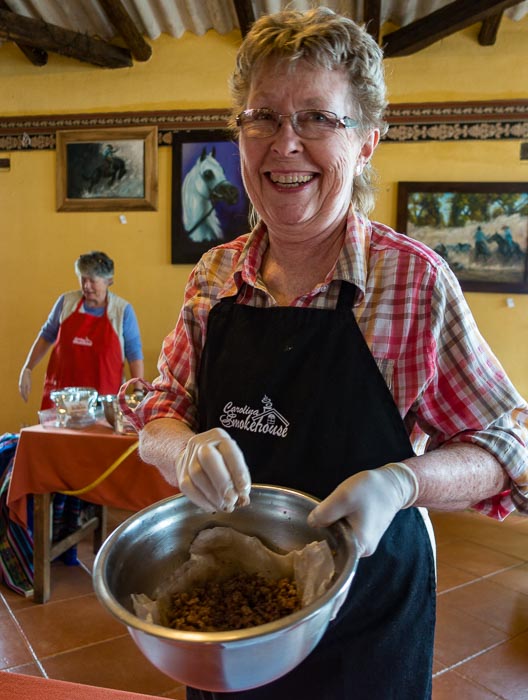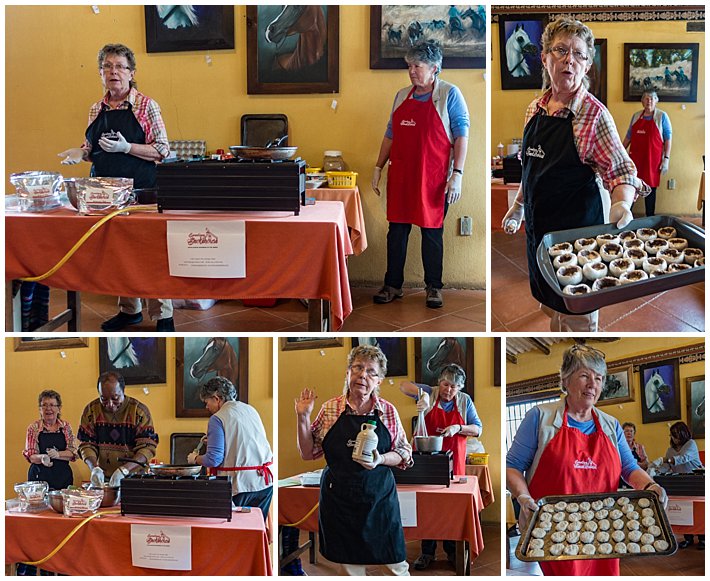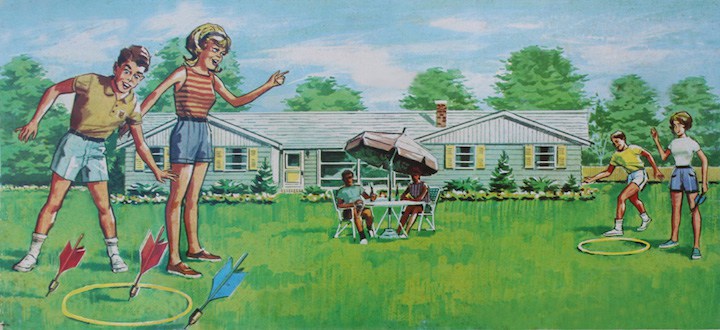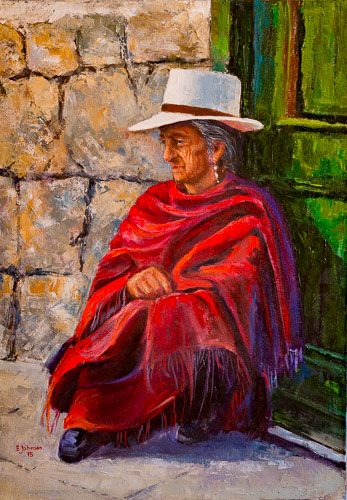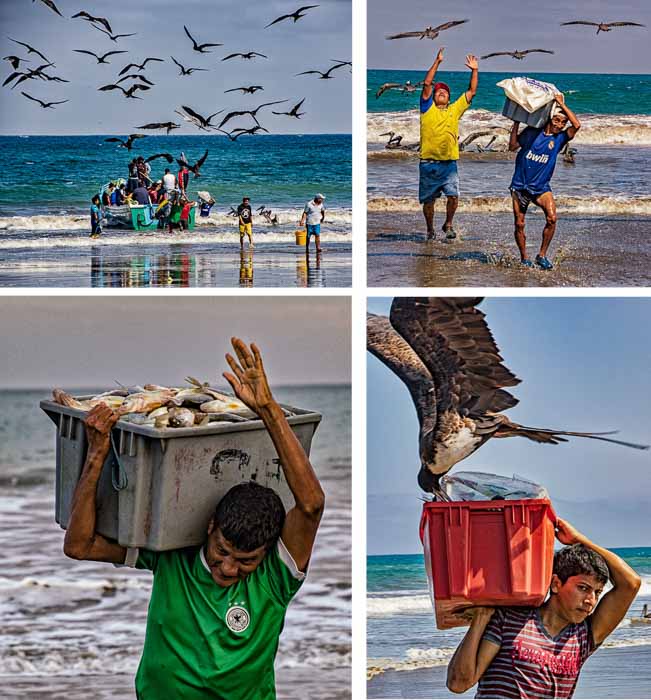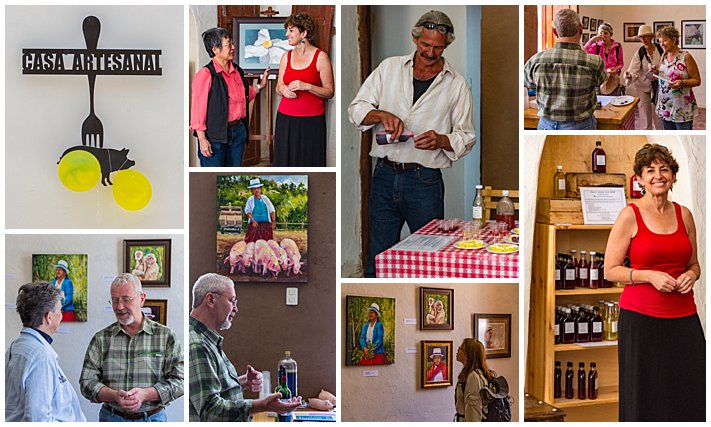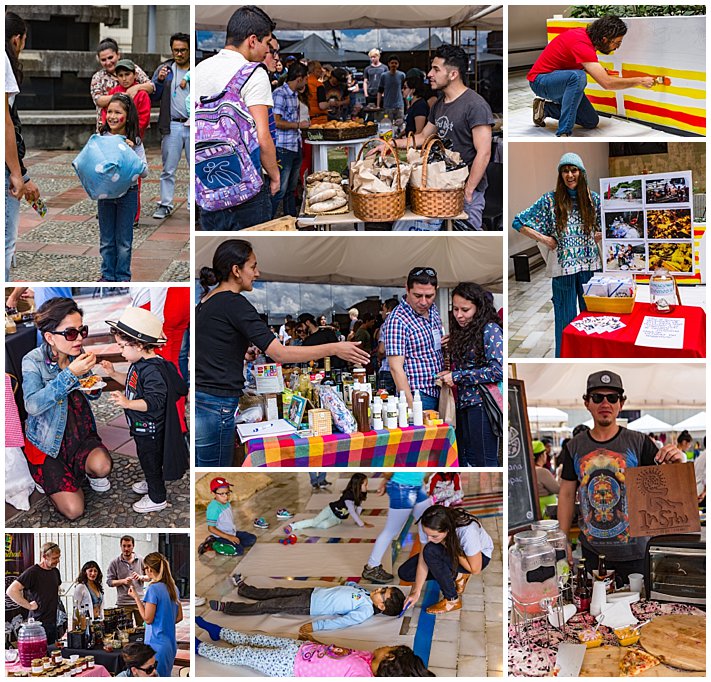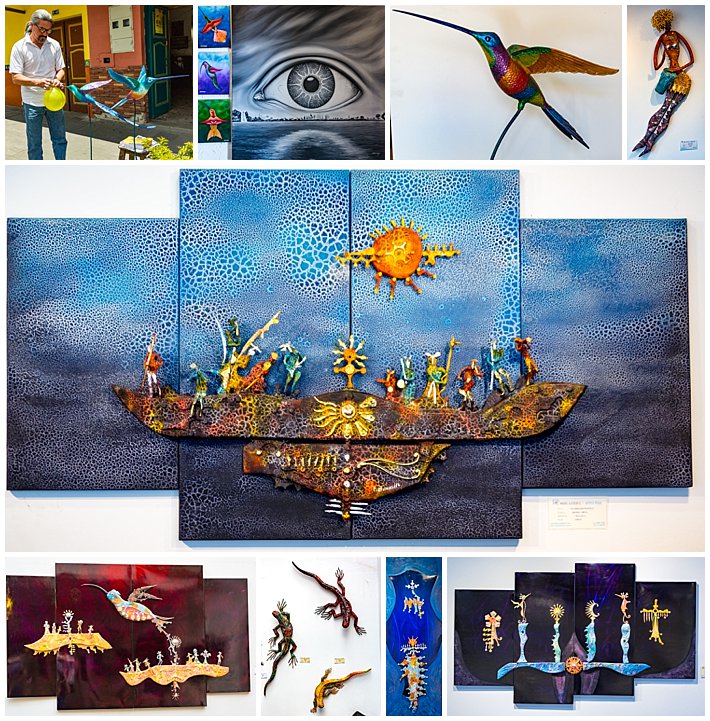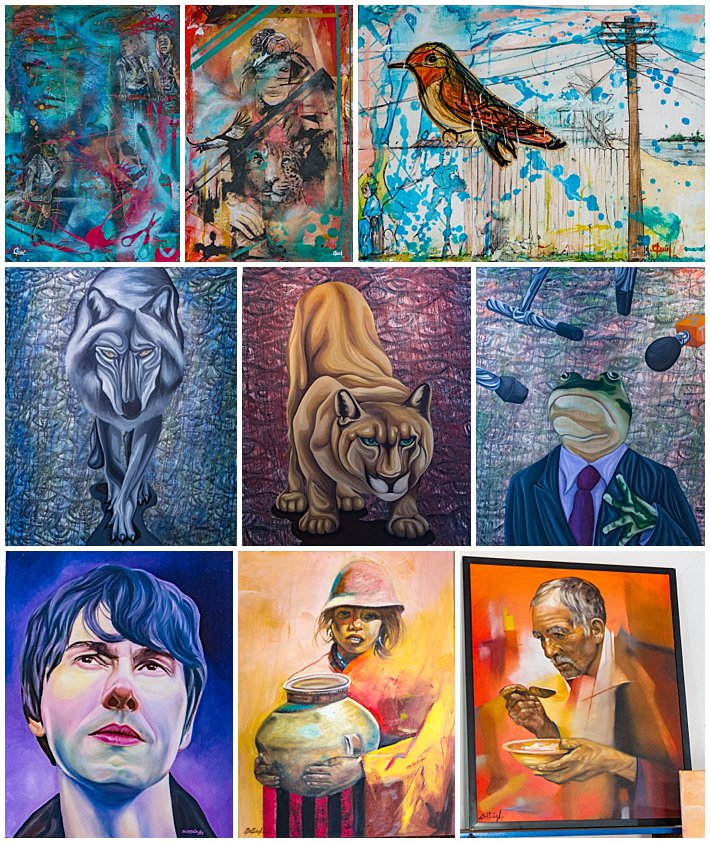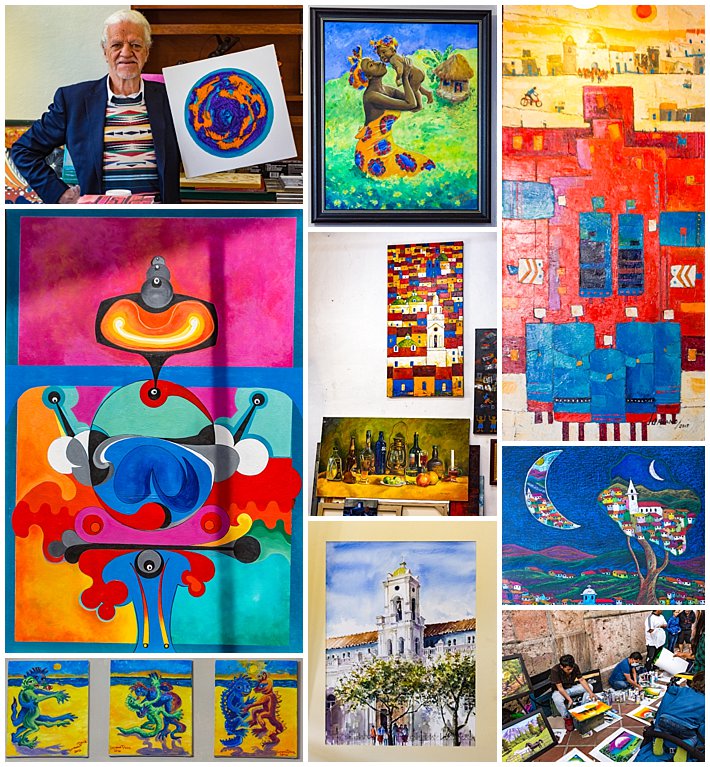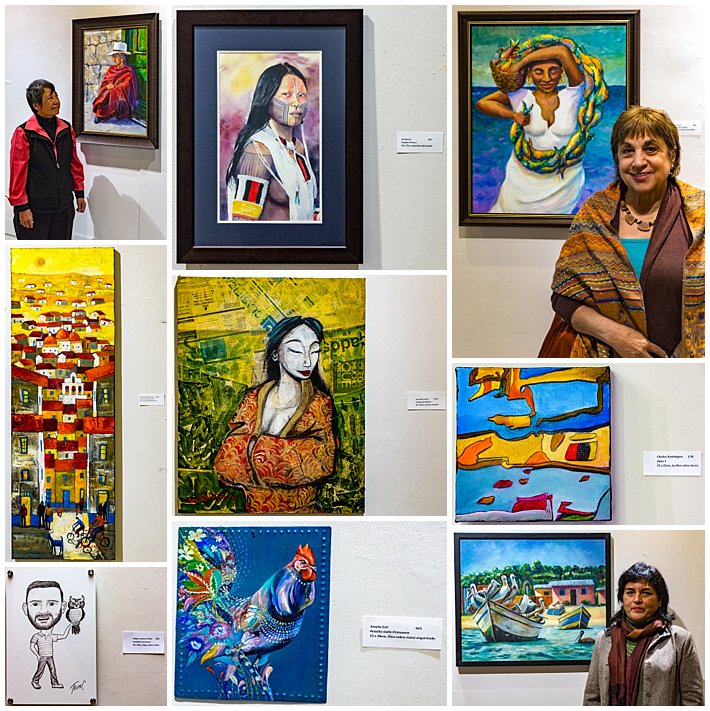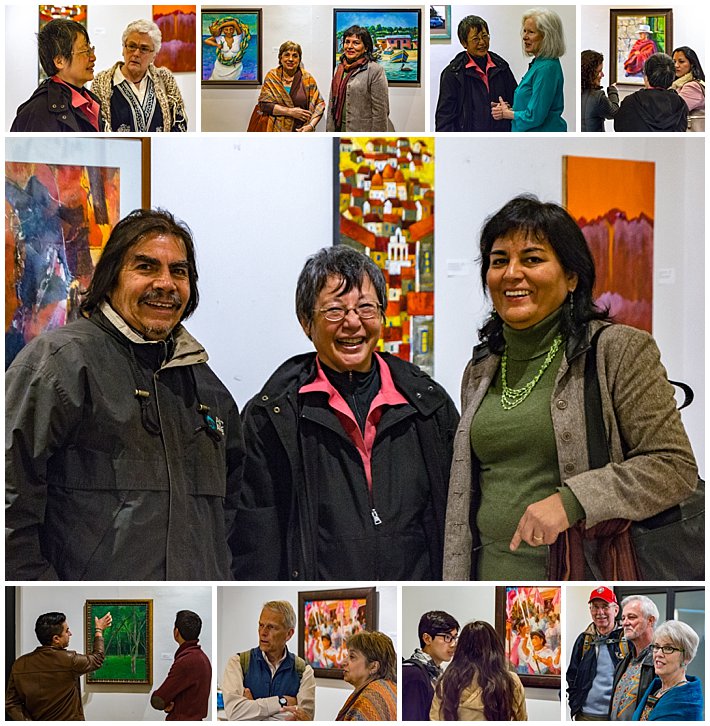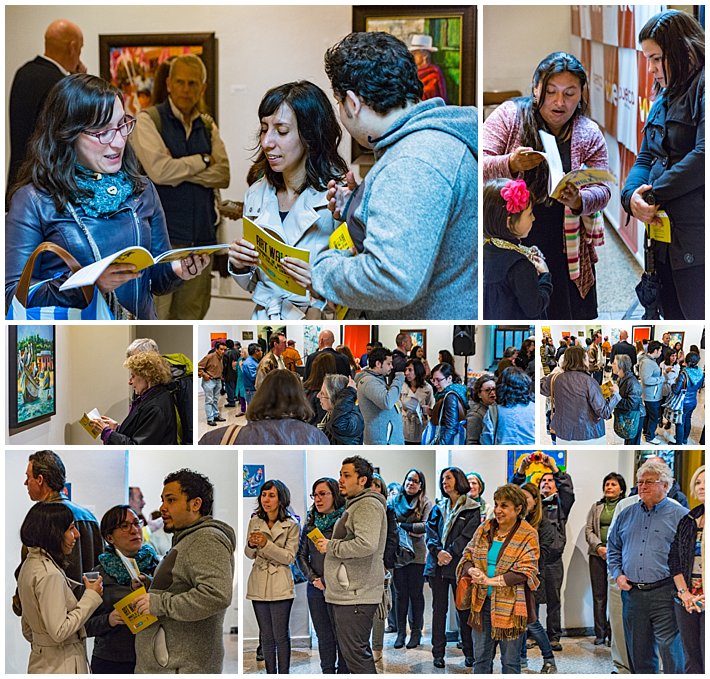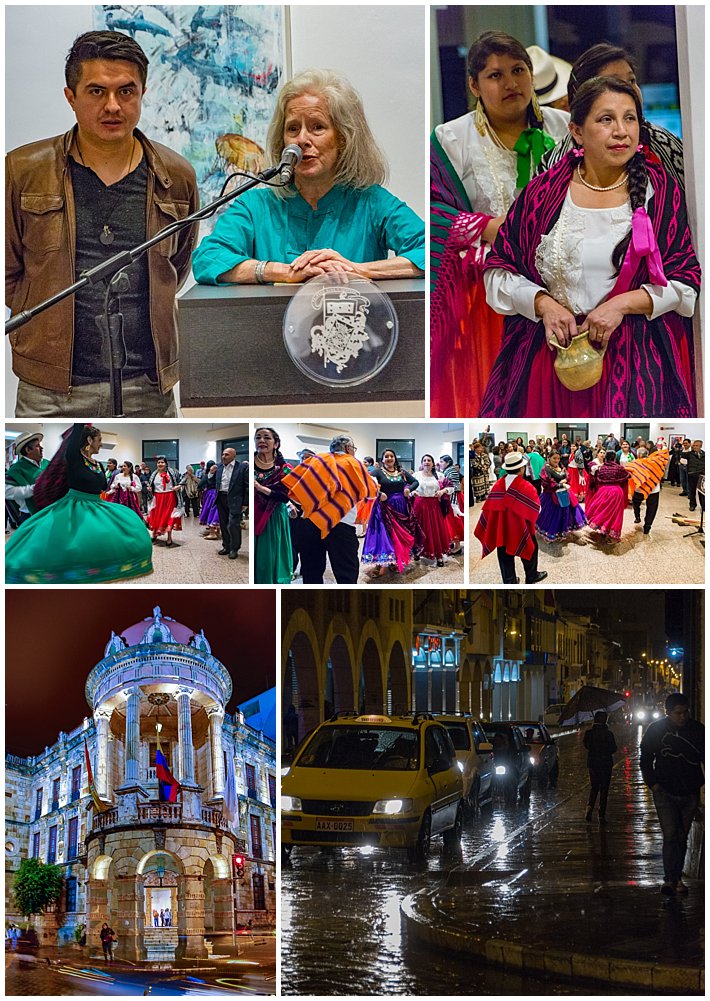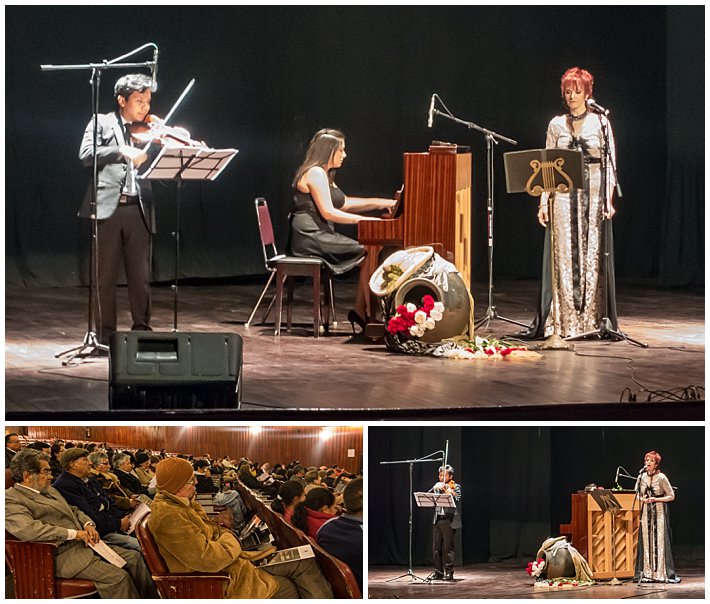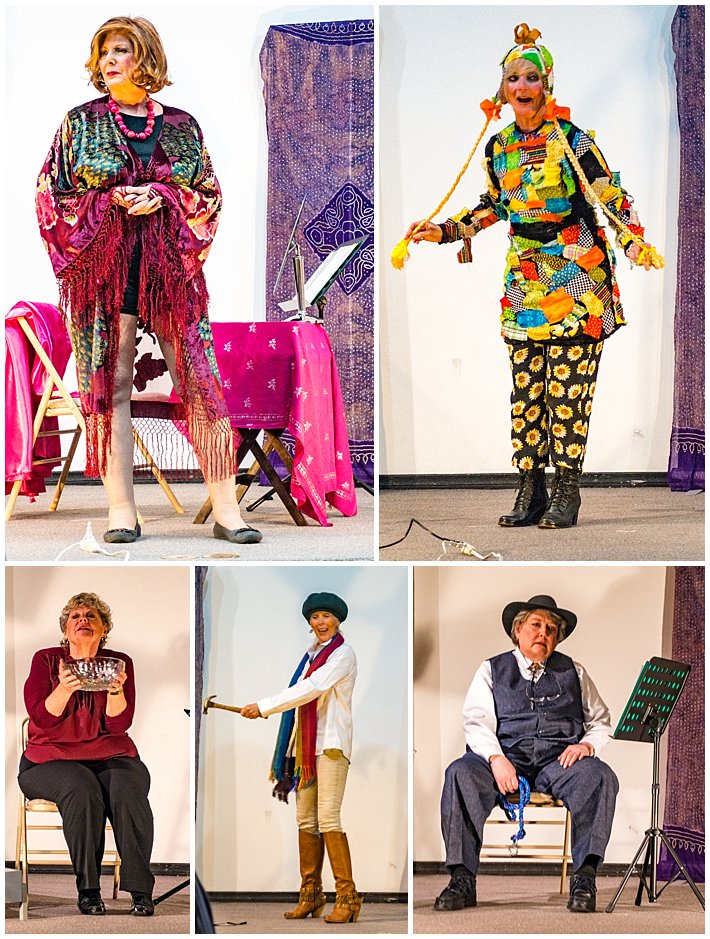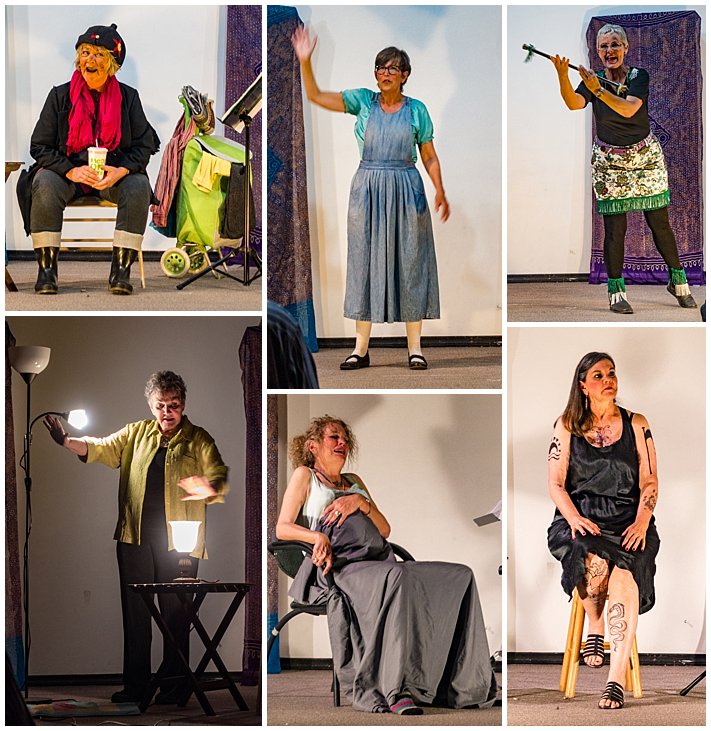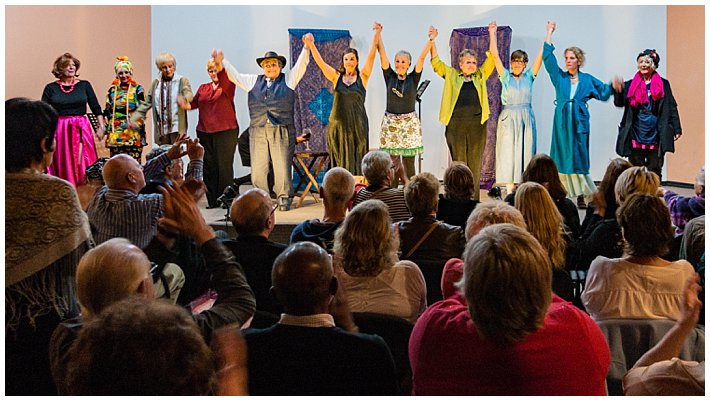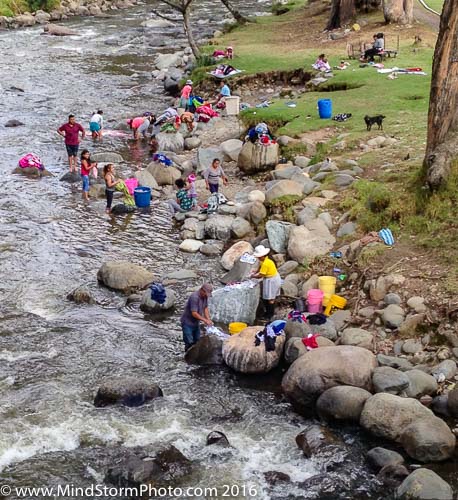
Families still wash clothes in the Tomebamba river that flows through Cuenca
Hard to believe where the time went, but today marks our 3rd anniversary of the date we landed in Cuenca to start our retirement. We start with a near empty slate every week, and our calendar is booked by the end of the week with us wondering how it went by so quickly. This blog, which started as a series of short notes to let friends know what is going on, now has 376 total posts, and averages over 500 readers per day. We now have taken over 36,000 photographs within Ecuador, and our total photograph collection has grown to over 165,000 images. Here are some random thoughts on how these three years have been spent.
Spanish. When we first arrived, I had a newly broken ankle, and immediately started spending time with various doctors and then physical therapists — none of whom spoke English. I figured that would give me a good way to learn the language. Unfortunately, I later realized that I was really only learning vocabulary related to body parts (ankle, foot, heel, leg, etc) and level of pain. Not very useful in daily interactions once I was back in circulation. I then tried to “just pick up the language” in daily interchanges at the mercado, etc, without a lot of actual success. I finally broke down and started taking formal class lessons about a year ago. I am still not fluent, but I can now go into the mobile telephone office (MoviStar) and handle account problems entirely in Spanish, as well as have moderate conversations with taxi drivers. Not as far as I had hoped, but honestly, better than I expected. (Evelyn started studying with a 1-on-1 instructor right from the start, plus taking painting instructions from a non-English speaking instructor, so she is further along than me.)
Photography. When in California, I was heavily involved with the Berkeley Camera Club — a club with highly talented people that pushed me to my limits to improve my photographic style. To win in the twice-monthly competitions there, I spent a lot of time and effort in my home studio. I brought most of that studio here to Cuenca with us, but find I spend very little time there now. The local Cuenca camera club is at a much lower level of talent, and my lack of Spanish fluency made it hard for me to really follow what was going on anyway. Though we both still photograph quite a lot, these days it is mostly oriented towards creating images for this blog. However, Burt was recognized for his talent as a photographer by an Ecuadorean glossy news magazine and published recently.
Art. Evelyn finally has the time to delve into her painting, and has also found a local instructor that has helped her improve her work tremendously. There is a very active art community here, and they convinced her to have her first art show in 2014, in which she shared an exhibition with two Peruvian artists. That was such a success that she agreed to a second show — this time solo — in 2015, and then a third small show this year. Her work sells extremely well (setting sales records at the most recent solo gallery exhibition), which has helped to build her confidence. Her most recent show included a rave review in the local Cuenca newspaper too. She has decided to target no more than one show per year though, as they are a lot of work to produce, and she sells so many paintings that it takes her that long to build her inventory back up to the 30+ works of art needed for a good solo exhibit.
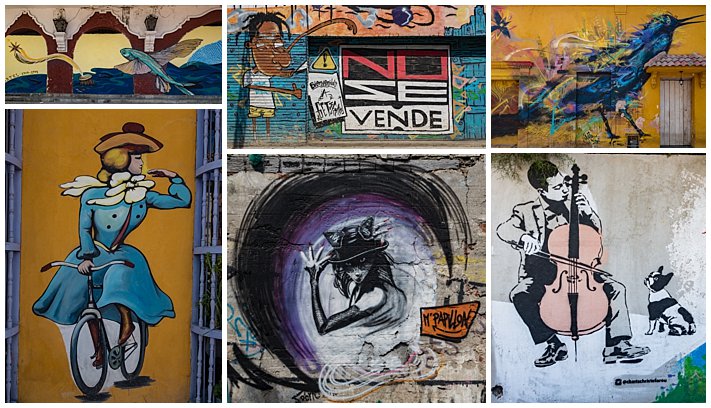
Murals seen in cities around the world
Travel. We have always been energized by travel and seeing new places. Now that we are retired, we have the time to do that much more than while we were working — where we only had 3 weeks to see a country then rush back to work. Now we can spend a month in one place, then another month somewhere else later in the same year. We recently returned from spending 3 months in Turkey. Since arriving here in Cuenca 3 years ago (today!), we have taken 5 separate major trips within Ecuador. We have also made visits to Peru, Colombia, Argentina, California, Florida, New York / New Jersey, Iceland, Amsterdam, Turkey and Cyprus. (We have 6 countries planned for 2017, so stay tuned for details).
Volunteer. There are lots of opportunities to volunteer in Cuenca, but for various reasons, we have both kept our efforts there in the artistic area. We made a memorable trip with a volunteer surgical team into the Amazon, producing publicity photos for them to help with their fund raising efforts. I had never expected to be allowed inside an active surgical operating theater to photograph doctors in action. We have also helped creating publicity images for a music festival, an ecological festival, and a couple of “art walks” here in Cuenca.
Cuenca. This is home. I think that really says it all. With all our world travels, we have never visited a place outside the US that felt like home… until we landed here. We no longer have a car — and surprisingly don’t miss it one bit. In California, we would drive 1/2 mile to the local market or movie theater. Now we routinely walk 4 to 6 miles per day, and don’t think twice about it. Our house has no heating or air conditioning — and doesn’t need either (though I do have a small ceramic heater by my desk that I turn on a few nights per year when there is a chill in the air). We have more friends in Cuenca that we did in California — partly because we are now retired and have more time for them, but partly also for other reasons too complicated to go into here.
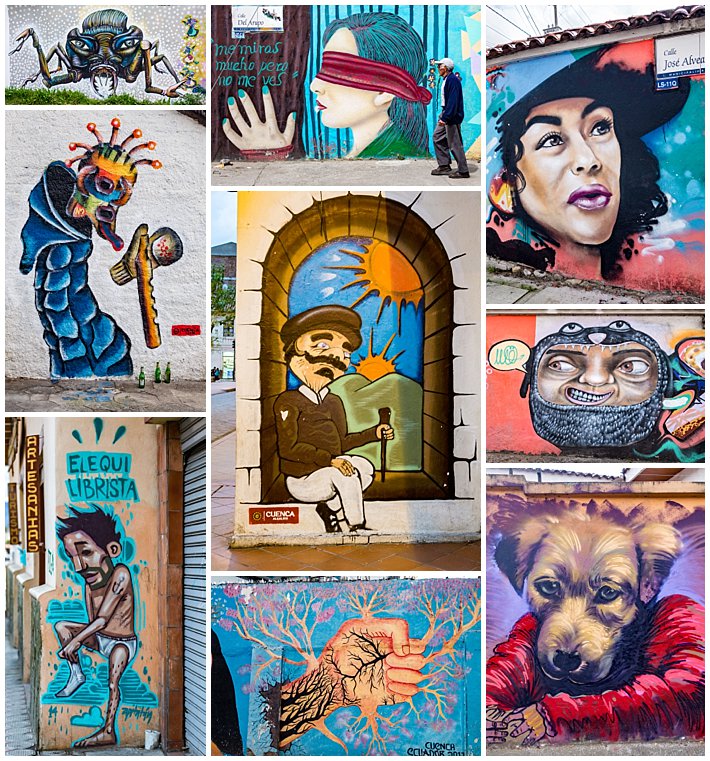
Murals around Cuenca, Ecuador. There are literally hundreds of them.
Articles About Us. We have found ourselves published in local newspapers and magazines a few times too. Just yesterday, Burt was featured in an Ecuadorian magazine, Vistazo. Evelyn received rave reviews in both the Cuenca Expats Magazine and recently in El Mercurio on her painting at the Mayor’s Art Gallery, and Burt won a local photo contest the same week.
Retired life in Cuenca has been much better than either of us expected, and the time has flown by. Expect another similar update a year from now… if we are not traveling or too busy to write at the time… ☺
Stay Tuned tomorrow for part 2 of this reminiscence…
